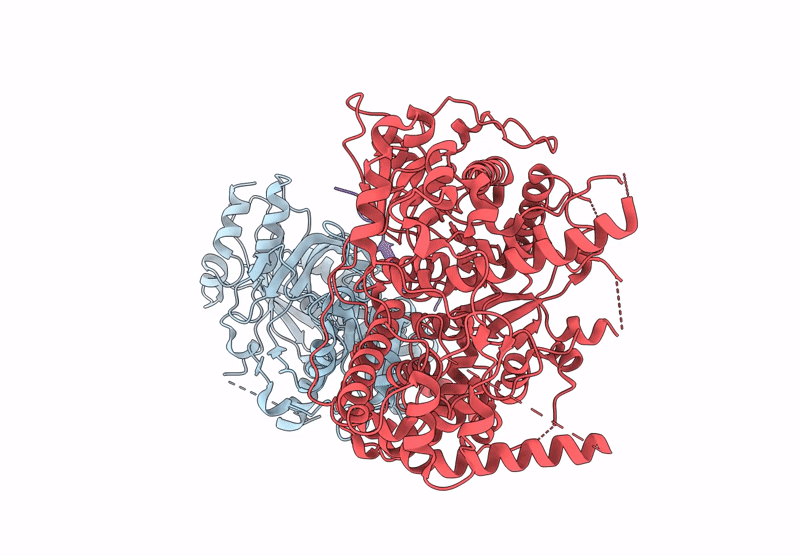
Deposition Date
2024-06-07
Release Date
2024-12-18
Last Version Date
2025-02-19
Entry Detail
PDB ID:
9FMS
Keywords:
Title:
Cryo-EM structure of S. cerevisiae Rai1-Rat1-Rtt103(252-273) complex.
Biological Source:
Source Organism:
Saccharomyces cerevisiae (Taxon ID: 4932)
Host Organism:
Method Details:
Experimental Method:
Resolution:
2.65 Å
Aggregation State:
PARTICLE
Reconstruction Method:
SINGLE PARTICLE


